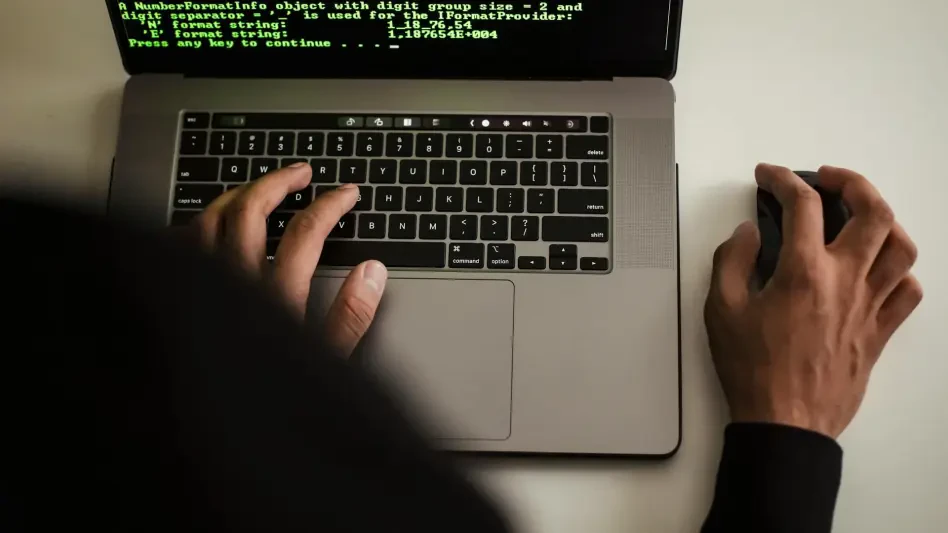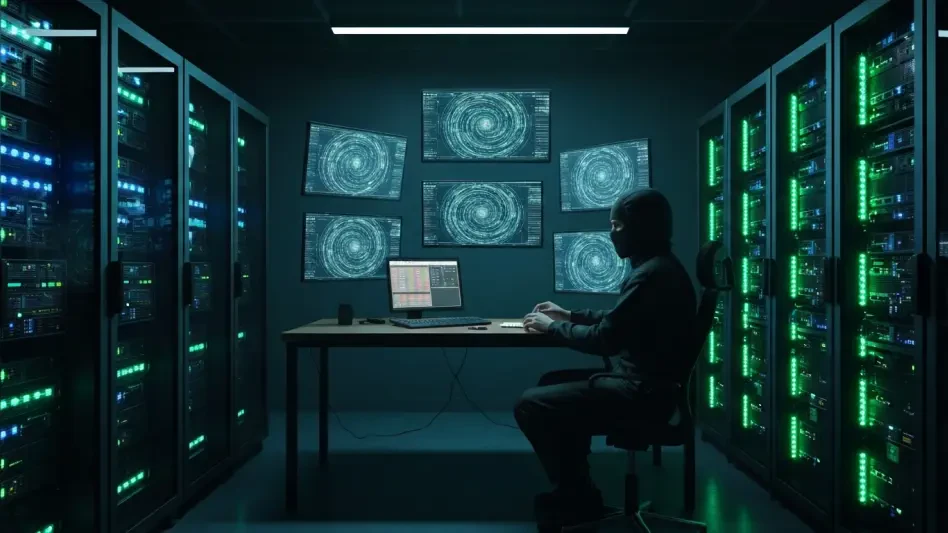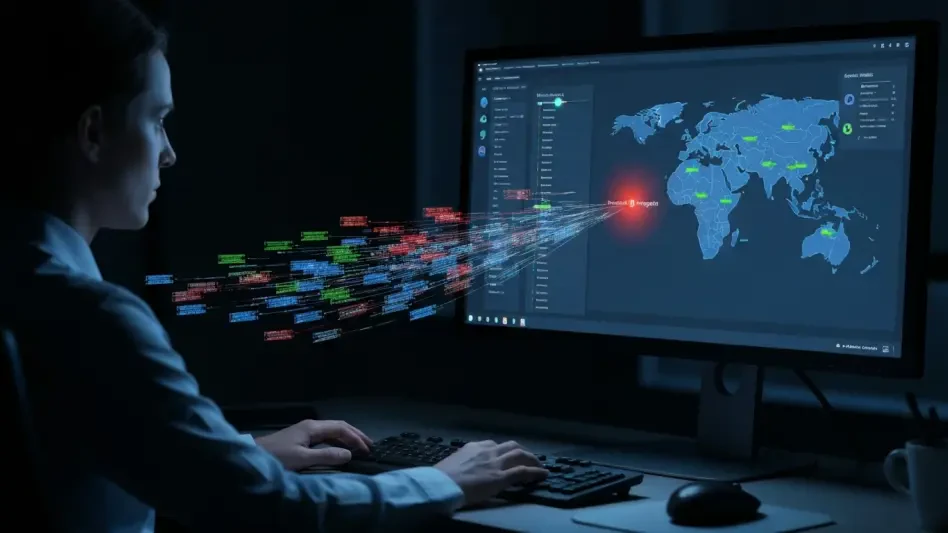In today’s digital world, reliance on credible threat intelligence has become crucial for cybersecurity professionals. Yet, a recent study casts doubt on the authenticity of data spread across the dark web. Purportedly, the underground markets are teeming with “fresh” combolists and URL-Login-Password (ULP) files. Advertisements claim these files contain troves of exploitable records gathered from recent data breaches. However, this investigation reveals that much of this data may not be new but rather old information repackaged to appear novel. This misleading marketing poses severe challenges to cybersecurity efforts, as professionals need timely, accurate, and contextually rich information to effectively combat cyber threats.
The Reality of Combolists and ULP Files
Recycling Old Data as New
The underground markets promoting combolists and ULP files often engage in deceptive practices, misrepresenting outdated or recycled data as current. These text files, frequently labeled as “FRESH” or “2025 PRIVATE LEAK,” are typically marketed as containing new data obtained from malware attacks. Despite these claims, detailed investigations show these entries are mainly repurposed from past breaches or autogenerated without genuine hacking intervention. This strategy capitalizes on the marketing appeal of novelty, misleading interested buyers with promises of the most recent hacks that, in reality, represent data that is either widely known or barely usable. Such tomfoolery not only frustrates security experts but also extends the window of vulnerability for real targets.
The Case Study: AlienTXT Telegram Channel
The misrepresentation of data on platforms like the AlienTXT Telegram channel further exemplifies these dubious practices. Although advertised as a fresh leak of 23 billion lines of user credentials, most of the “AlienTXT Collection” consisted of duplicated or outdated information. Investigations exposed the channel’s operator admitting to merely repurposing publicly accessible data, thereby punctuating the report’s assertion that those distributing such data rarely uncover it themselves. Alongside AlienTXT, platforms like Plutonium and JoghodTeam Cloud exhibit similar reluctance in providing evidence of genuinely new data, often demanding payment prior to disclosing information. Upon further scrutiny, these datasets shared strong links to breaches dating back to 2022 or 2024, nullifying claims of exclusivity and up-to-date relevance.
Impacts of Misrepresentation
Concerns within Cybersecurity Circles
The propagation of recycled data misrepresented as a new breach has a profound impact on cybersecurity landscapes, causing alert fatigue among users and organizations. Sensationalized headlines surrounding dubious mega-leaks induce desensitization; hence, valid threats risk being downplayed or mistaken for misinformation. The incessant ballyhoo about newly leaked data inadvertently conditions IT departments to overlook serious breaches, reducing organizations’ capacity to respond proactively. This oversaturation of unverified information increases vulnerability, with actual cyber adversaries lurking behind their digital shadows. To counter this, security professionals now face an evolving paradigm, demanding heightened scrutiny and validation of any data labeled as “fresh” before taking defensive action.
Strategies for Better Cybersecurity Practices
To effectively differentiate actionable intelligence from mere noise, it remains imperative for cybersecurity managers to focus on identifying the original sources of breaches. Rather than relying heavily on intermediaries, obtaining first-hand data through direct channels allows for a clearer understanding of context. Strategies like inter-organization information-sharing, collaboration with specialized vendors focusing on dark web monitoring, and the development of machine learning filters active on malicious platforms provide tools to enhance security posture. Skepticism, aided by steadfast verification, will be instrumental in empowering organizations to better decipher spurious data and reinforce defensive measures.
Looking Beyond the Noise
In the current digital era, dependence on reliable threat intelligence is essential for those working in cybersecurity. However, a recent investigation raises concerns about the validity of data circulating on the dark web. The underground markets claim to offer “fresh” combolists and URL-Login-Password (ULP) files. These files are advertised as being filled with valuable, exploitable information supposedly obtained from recent data breaches. Yet, findings from this study suggest that a significant portion of this data may not be genuinely new. Instead, it appears to be old information that’s been rebranded to seem novel. This deceptive advertising creates critical obstacles for cybersecurity efforts, as security professionals require information that’s not only timely and accurate but also rich in context to effectively mitigate cyber threats. The recycling of old data as new undermines efforts to build robust defense mechanisms, exposing organizations to the same vulnerabilities they have been attempting to shield themselves from repeatedly.








